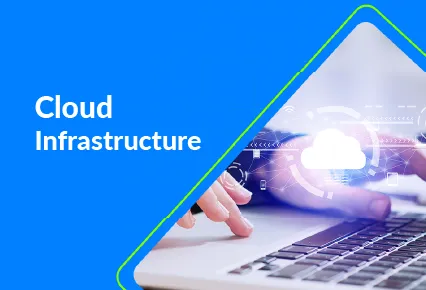Cloud security refers to the set of technologies, policies, and practices used to protect data, applications, and infrastructure in cloud environments. As more businesses move to the cloud, securing digital assets becomes critical.
Unlike traditional IT environments, cloud security is a shared responsibility. The cloud provider (like AWS, Azure, or Google Cloud) secures the infrastructure, while the customer is responsible for securing data, access, and configurations.
Key components of cloud security include:
-
Identity and Access Management (IAM): Controls who can access what.
-
Data Encryption: Protects data at rest and in transit.
-
Firewalls and Network Security: Blocks unauthorized traffic.
-
Monitoring and Alerts: Detects suspicious behavior or potential breaches.
-
Compliance: Meets standards like GDPR, HIPAA, or ISO 27001.
Best practices involve using strong passwords, multi-factor authentication, regular audits, and secure APIs. Automating security tasks through tools and policies can also reduce risks and human error.
A strong cloud security strategy protects not only your data but also your reputation and customer trust. In today’s digital landscape, security is not just an IT concern—it’s a business priority.
Investing in cloud security means protecting your future.

